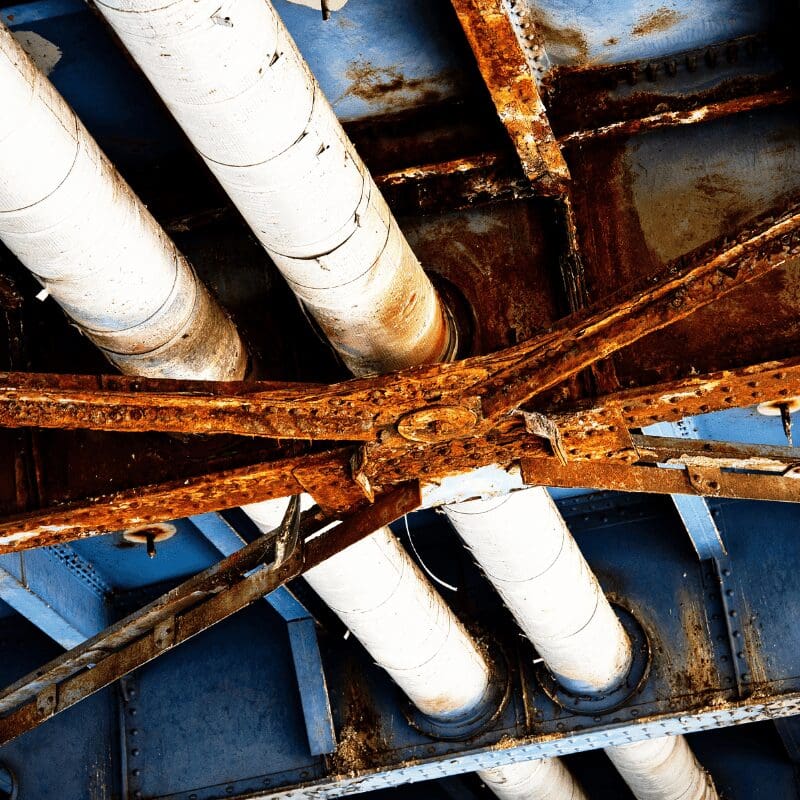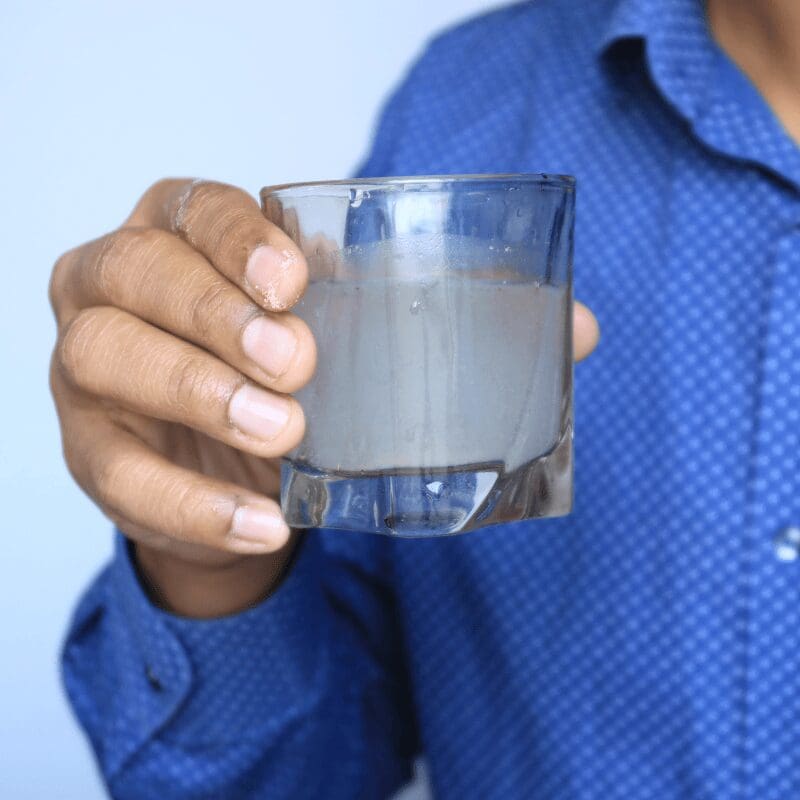5 Reasons Your Drinking Water Tastes Bad

Water is the elixir of life, a fundamental necessity for our survival, well-being, and overall health. However, not all water is created equal. The taste, quality, and safety of the water we drink can significantly vary, influencing our quality of life and even our health. In Indianapolis, IN, residents and businesses face unique challenges that affect their drinking water, from aging infrastructure and agricultural runoff to industrial pollutants. These issues not only compromise the taste but potentially the safety of the water, highlighting the paramount importance of vigilance and proactive measures in ensuring access to clean, palatable drinking water.
But why exactly does the water here in Central Indiana taste so bad? As leading experts in water filtration and headquartered in Indianapolis, Office H2O runs into this question often. So, to help answer some questions and to offer a little insight, we’re exploring the common reasons behind the undesirable taste of water in Indianapolis while shedding light on the broader implications of water quality on public health and community well-being. Join us as we unravel the complexities of water quality, the indispensable need for clean drinking water, and the steps we can take together to ensure every sip is as refreshing and healthy as it should be.
Understanding the Importance of Water Quality
Water is more than just a matter of thirst—it’s the lifeblood that nurtures our bodies and keeps our systems functioning. High-quality drinking water is free of harmful toxins and pathogens, which is crucial for maintaining good health. However, taste is just as important, as it’s often the first indicator that something might be amiss with the water we drink.
One of the most common complaints people have about the tap water in Indianapolis involves an unpleasant odor, akin to that of eggs or chlorine, which can be immediately off-putting. Additionally, cloudiness is another frequent concern; clear water is synonymous with purity, so when you pour a glass of murky water, it naturally raises alarms about its safety and drinkability. Furthermore, an equally disconcerting issue is the taste of sediment, which many describe as resembling dirt or metal. This not only makes the water unpalatable but also triggers worries regarding the overall quality and cleanliness of the water supply. These sensory perceptions are crucial indicators, signaling potential problems in the water treatment process or the distribution system, thus underscoring the importance of addressing them at the source.
5 Reasons Our Drinking Water Tastes Bad in Indianapolis
1. Water Source Contamination
Indianapolis draws its tap water from the White River, aquifers, and surrounding reservoirs, which are vulnerable to agricultural runoff, industrial discharges, and urban stormwater. Common contaminants found in these sources can include nitrates, pesticides, and dissolved salts. The presence of these impurities can lead to an earthy or metallic taste in your drinking water, signaling potential contamination.
2. Aging Infrastructure
Outdated city pipes and plumbing components also contribute to the decline in water quality, adding a metallic or even moldy flavor. As pipes corrode, mineral deposits and rust find their way into the water supply, which not only impacts taste but can also be a health hazard. This is especially concerning for those living in older homes or neighborhoods with aging water infrastructure. It’s also a major concern for businesses who rely solely on the municipal tap water as a drinking water source. If that’s your business, then it’s no wonder employees are opting for other solutions outside the office.
3. Hard Water
Hard water, a type of water with high mineral content, is another common issue. The elevated levels of calcium and magnesium in Indiana’s water can result in a bitter, astringent taste and leave a chalky residue in sinks and appliances. While not a health risk, hard water can be a significant nuisance, affecting cooking, cleaning, and the overall enjoyment of your drinking experience. Hard water can dramatically impact your business if you’re in the hospitality, food and beverage, or retail industries.

4. Chlorine and Other Chemical Additives
Chlorine is commonly added to public water supplies to disinfect and kill bacteria. While necessary, excessive chlorine levels can impart a strong chemical taste and odor that makes the water unpleasant to drink. In addition to chlorine, other treatment chemicals might be used, each with its own discernible taste that can diminish the water’s enjoyment.
Moreover, beyond the undesirable taste and smell, chlorine and its by-products, such as trihalomethanes (THMs), can pose health risks with long-term exposure. Studies have suggested connections between high levels of these compounds in drinking water and various health problems, including an increased risk of cancer. Thus, while chlorine effectively ensures our water is free of harmful pathogens, its presence underscores the need for balanced treatment practices and the exploration of safer alternatives in water purification.
5. Organic Matter Contamination
Another pivotal factor contributing to the unpleasant smell and taste of tap water is the contamination by organic matter. Lakes, rivers, and reservoirs, sources of much of our drinking water, often accumulate organic materials such as leaves, soil, and algae. When these natural elements decompose, they can release compounds into the water that not only affect its appearance and taste but also its odor, frequently imparting a musty or fishy smell. This type of contamination is particularly pronounced after heavy rainfall or in warmer seasons when biological activity in water bodies peaks. Although water treatment facilities strive to remove these impurities, the challenge of completely eradicating them without altering the taste or odor of the water can be formidable. This underscores the crucial need for ongoing monitoring and advancement in water treatment technologies to tackle organic matter contamination effectively.

Impacts on Ice Quality & Production
Foul-smelling and tasting water in Indianapolis doesn’t just stop at the tap; it extends into every ice cube produced, significantly impacting businesses where ice is a critical component of service, including restaurants, coffee shops, and medical facilities. When water with an undesirable odor or taste is frozen, the impurities that cause these issues are concentrated, leading to ice that can impart an off-putting flavor to beverages, compromising the overall customer experience.
For culinary establishments, this can be particularly damaging, as the quality of drinks is just as important as the food. In healthcare settings, where ice may be used for patient care, the implications of using low-quality ice can extend beyond taste, potentially affecting patient comfort and satisfaction. The ripple effect of such a fundamental issue underscores the importance of addressing water quality to ensure every aspect of business operation, including ice production, meets the highest standards.
Solutions for Business Owners and Office Managers
Addressing foul-smelling tap water requires a proactive approach, not only to maintain the aesthetic quality of the water but also to ensure it is safe for consumption. For business owners and office managers, understanding the source of the problem is the first step toward a solution. Water quality testing is an essential tool in this effort. By employing professional services or using at-home water testing kits, businesses can identify the specific contaminants present in their water supply. This information is crucial for determining the most effective type of water filtration system to install.
Once the contaminants have been identified, installing a high-quality water filtration system becomes the next essential step. There are several types of filtration systems available, including activated carbon filters, reverse osmosis units, and ultraviolet purification systems, each designed to target different contaminants. For example, activated carbon filters are highly effective at removing chlorine and its by-products, which are common causes of bad tastes and odors in tap water. Reverse osmosis systems can reduce a broader range of contaminants, including nitrates, pesticides, and dissolved salts.
Implementing these solutions not only improves the taste and smell of the water but also enhances safety, ensuring that employees and customers alike have access to clean, quality drinking water. Furthermore, the investment in water quality testing and filtration reflects a commitment to health and wellness, enhancing the overall perception of the business. With these measures in place, businesses can confidently address the issue of foul-smelling tap water, ensuring that every sip reflects the high standards they uphold in every aspect of their operation.
Improving Water & Ice Quality
The quest for better-tasting water and ice is more than just a quest for flavor—it’s a mission for health and well-being. In Indianapolis and beyond, Office H2O is in the pursuit of providing quality in both drinking water and ice production. Our state-of-the-art bottleless water coolers and commercial ice machines house the proper filtration to remove 99% of harmful contaminants and bacteria. If you’re looking for a quality solution for one-low monthly price, then turn to Office H2O. Get your free 7-day trial started today!
